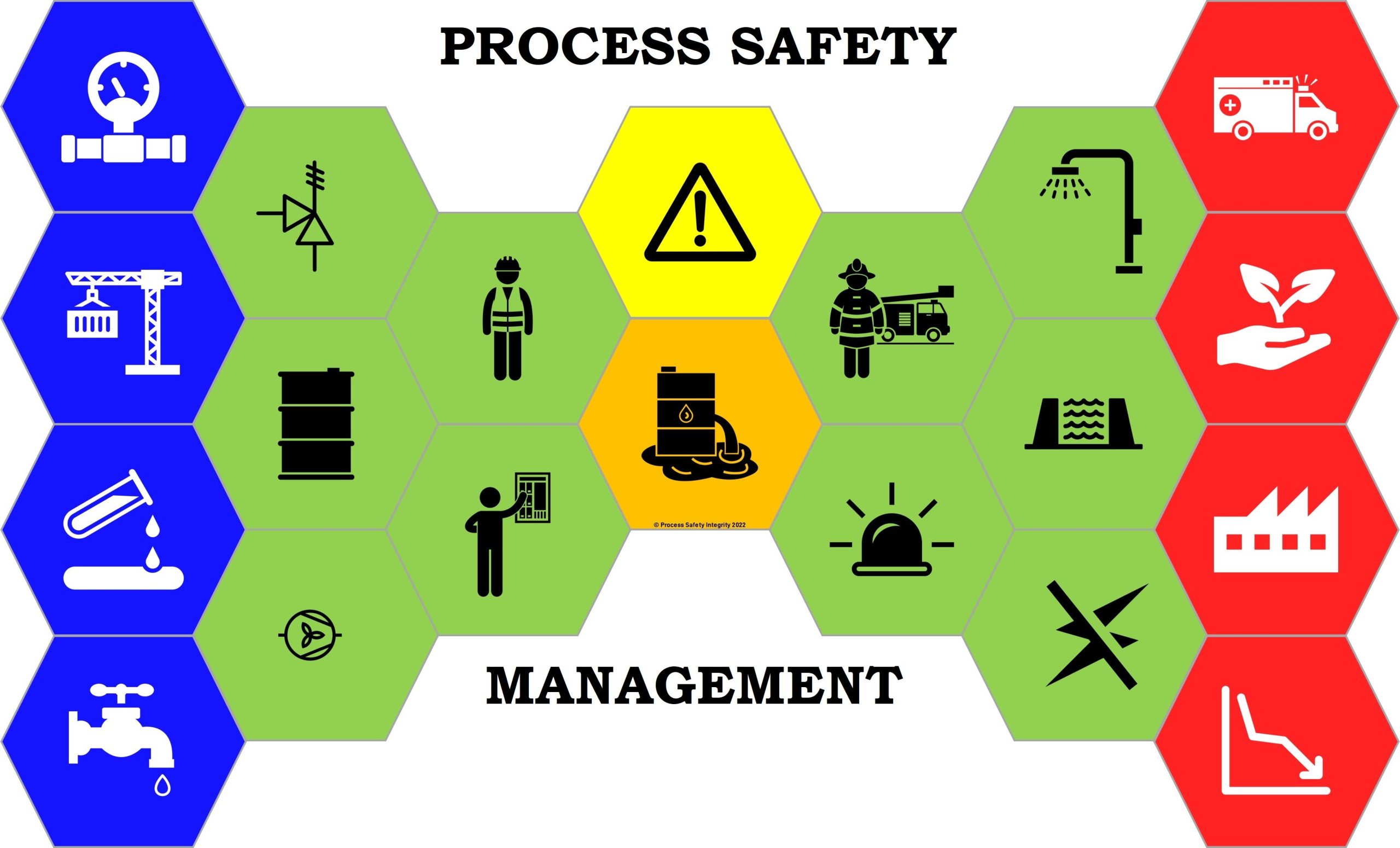In the bustling world of industries, where machines hum and processes flow, there’s a silent guardian working tirelessly behind the scenes – Process Safety Management (PSM). Imagine it as the vigilant sentinel ensuring that every step of the industrial dance is choreographed with safety in mind. In this article, we delve into the depths of PSM, uncovering its significance, unraveling its intricacies, and exploring how it fosters a culture of safety that propels success.
Introduction
Welcome to the realm where success is not merely measured by profit margins but by the safety and well-being of all involved. Process Safety Management, often abbreviated as PSM, stands as the beacon of light guiding industries through the labyrinth of risks and hazards. But what exactly is PSM, and why does it hold such paramount importance?
Understanding Process Safety Management
At its core, Process Safety Management is a systematic approach to identifying, evaluating, and mitigating hazards associated with industrial processes. It goes beyond mere compliance with regulations; it’s a philosophy ingrained in every facet of operations, from design and construction to operation and maintenance. PSM aims not just to prevent accidents but to create an environment where safety is woven into the fabric of daily operations.
The Importance of PSM in Industries
Picture a world without PSM – a world where accidents loom like dark clouds over the horizon, threatening to unleash devastation at any moment. PSM serves as the shield against this impending storm, safeguarding human lives, the environment, and the very existence of businesses. By implementing robust PSM practices, industries not only mitigate risks but also fortify their resilience against unforeseen adversities.
Elements of a Robust PSM System
A sturdy PSM framework rests upon several key pillars:
- Risk assessment and hazard analysis: Identifying potential risks and assessing their likelihood and consequences.
- Process safety information: Documenting critical information about processes, equipment, and materials.
- Operating procedures and employee training: Equipping personnel with the knowledge and skills to operate safely and respond effectively to emergencies.
Leadership’s Role in PSM
In the realm of safety, leadership sets the tone. It’s not enough to merely espouse the importance of safety; leaders must embody it, from the boardroom to the factory floor. By championing a culture of safety, allocating resources for PSM implementation, and holding themselves accountable, leaders lay the foundation for success built upon the pillars of safety.
Common Challenges in Implementing PSM
Yet, the path to PSM excellence is not without its hurdles. Resistance to change, lack of awareness or training, and the ever-evolving landscape of regulations pose formidable challenges. Overcoming these obstacles requires a concerted effort, unwavering commitment, and a willingness to embrace innovation.
Best Practices for Effective PSM Implementation
In the pursuit of PSM mastery, adherence to best practices is paramount. Establishing clear objectives and goals, engaging employees at all levels, and conducting regular audits and reviews are just a few strategies that can pave the way for success.
The Relationship Between PSM and Risk Management
PSM and risk management are two sides of the same coin, intertwined in a symbiotic relationship. By identifying and mitigating risks inherent in industrial processes, PSM contributes to the broader goal of comprehensive risk management, ensuring the resilience and sustainability of organizations.
Case Studies of Successful PSM Implementation
The success stories of PSM implementation serve as beacons of inspiration, illuminating the path for others to follow. From the petrochemical industry to pharmaceuticals, examples abound of organizations that have embraced PSM and reaped the rewards of enhanced safety and operational efficiency.
Continuous Improvement in PSM
In the ever-evolving landscape of industrial safety, stagnation is not an option. Continuous improvement lies at the heart of PSM, driving organizations to learn from incidents, embrace technological advancements, and adapt to emerging challenges.
PSM in the Digital Age
As we hurtle into the digital age, PSM stands at the forefront of innovation, harnessing the power of data analytics and predictive technologies to enhance safety and efficiency. Real-time monitoring, predictive maintenance, and advanced modeling techniques are revolutionizing the way industries approach safety.
Training and Education in PSM
Knowledge is the cornerstone of safety, and investing in training and education is an investment in the future. From certification programs to online resources, opportunities abound for individuals and organizations to deepen their understanding of PSM principles and practices.
Cost-Benefit Analysis of PSM
Some may view PSM as a costly endeavor, but the truth is far from it. The benefits of PSM far outweigh the initial investment, not just in terms of lives saved and disasters averted but also in terms of improved operational efficiency, regulatory compliance, and stakeholder confidence.
Global Standards and Regulations for PSM
In a world interconnected by trade and commerce, adherence to global standards and regulations is essential. From OSHA’s Process Safety Management standard to international guidelines such as ISO 14001, organizations must navigate

